The object of safety planning is safety, yes. And, for most efficacy, put some effort into planning. Someone acts, you respond, what’s next?
Over the last few months I’ve talked a lot about setting boundaries. Most of the time is it successful, in large part because most peoples’ intent are pretty good. Also in part because most perpetrators want easy targets — they don’t want to have to work hard.
However, sometime there may be repercussions or consequences. This can happen where there’s a difference in power, where there’s an employer/employee relationship, or coach/athlete relationship, or teacher/student relationship. It can also happen when peers are involved. Part of making your personal safety planning effective is in plotting out those “what’s next” possibilities.
Consider the other person’s possible responses when you set a boundary, and plan your responses to them. Assess the probabilities of each of the possible responses. This should be based on your past experiences with that person. If you set boundaries, could your boss deny a promotion or raise, or demote you, or fire you? Can a coworker or classmate begin a round of gossip, or even try to sabotage some of your work? Can a coach limit your play time, or even cut you from the team? Will that person get a bit huffy, stomp away, and then nothing else happens? Or will they just say “OK,” and it’s all good?
Assess the people around — are they likely to be allies or detractors? Is it safe for you to talk to some of them beforehand?
And, if necessary, do you have an exit strategy?
Watch the Netflix documentary Athlete A for some good examples of choices around boundaries. I wrote about that a few weeks ago.
And even if you’re not liking some possible outcomes of setting boundaries, think of the results of NOT setting boundaries. Which consequences would you rather live with?
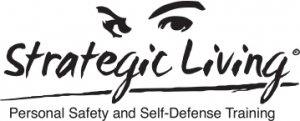
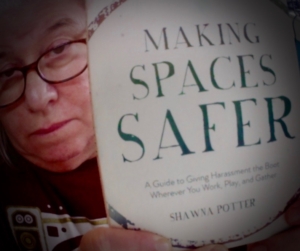
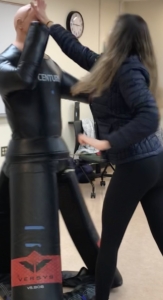
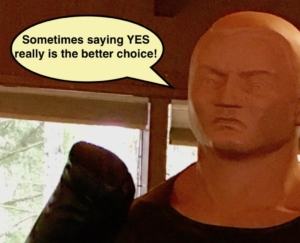 questions of a personal nature, or questions about my neighbors that feel intrusive. And simultaneously trying to stealthily move closer. Because any attack depends on proximity. That was my key indicator then, and it in this instance it worked out well.
questions of a personal nature, or questions about my neighbors that feel intrusive. And simultaneously trying to stealthily move closer. Because any attack depends on proximity. That was my key indicator then, and it in this instance it worked out well.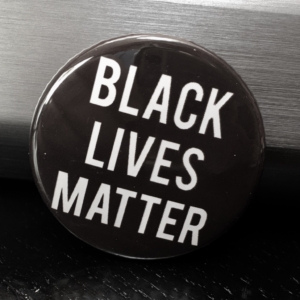
 Your voice is your most effective safety tool. Yet it’s the tool most folk, especially women and girls, are reluctant to use. “Do I have to say anything?” is a too-common question in class. The answer is no, you don’t HAVE to do or say anything you don’t want to, and there are some cases where saying nothing may be your best choice. That being said, there are reasons why using your voice is an essential tool.
Your voice is your most effective safety tool. Yet it’s the tool most folk, especially women and girls, are reluctant to use. “Do I have to say anything?” is a too-common question in class. The answer is no, you don’t HAVE to do or say anything you don’t want to, and there are some cases where saying nothing may be your best choice. That being said, there are reasons why using your voice is an essential tool.